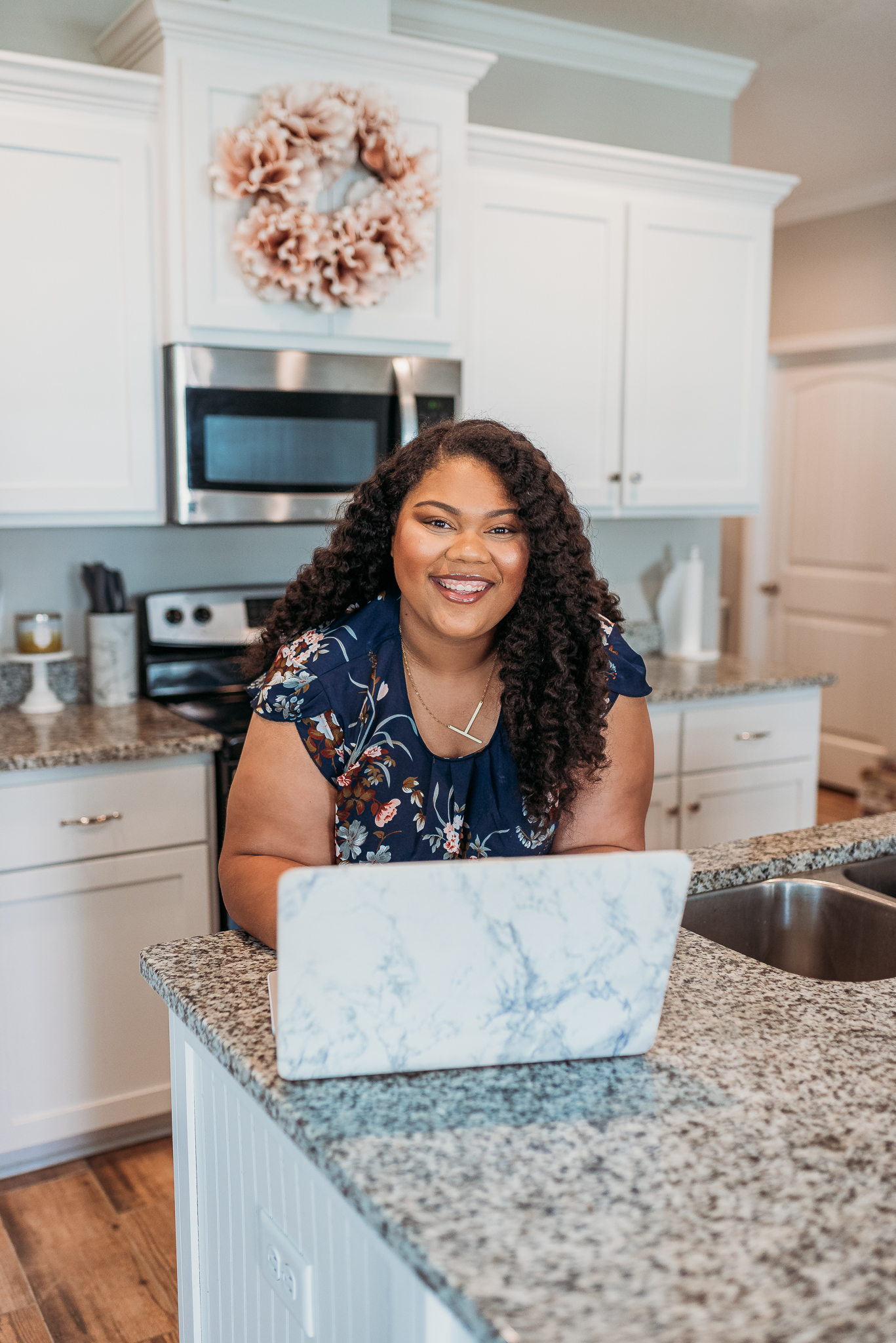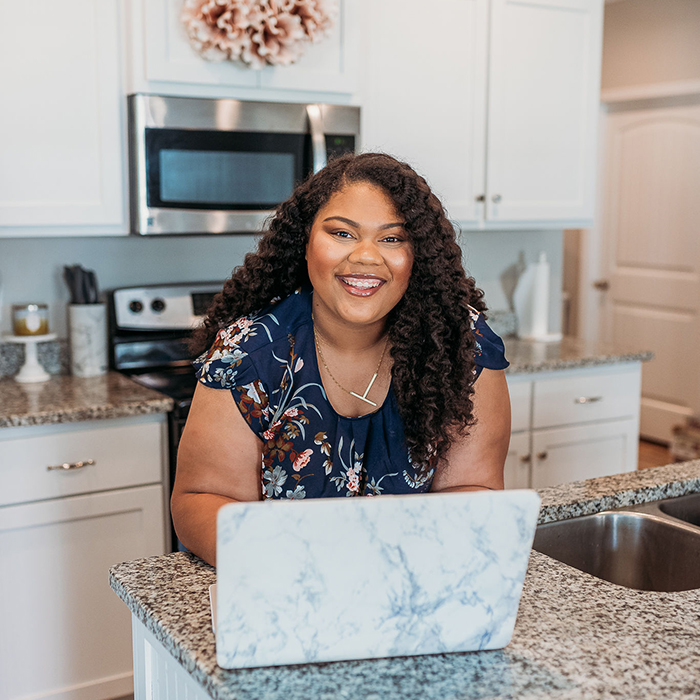As a content creator, it’s not only important to have a blog that you can push your audience to, but it’s also important to make sure that blog is SEO friendly. What exactly does that mean? Search engine optimization, SEO for short, is a way to ensure your website is searchable by Google so that your website comes up in search results. This is also a way to increase traffic to your website organically, even on the days you’re not publishing new blog content or posting to social media. We understand how overwhelming this can all be so today, we’re diving into a few SEO basics for bloggers, plus our favorite SEO plugin for WordPress!

Before we dive into our favorite SEO plugin for WordPress (which will make things so much easier for you, we promise!), let’s start with some SEO basics when it comes to ACTUALLY writing your blog content.
SEO Basics for Bloggers
Name Your Images
Whether you’re shooting content yourself or with a photographer, the days of uploading the images you want to use for a specific blog post with whatever file name they are on your computer with is long over. Instead, you’ll want to name your images something descriptive that has to do with the image or the content you’re writing. This will tell Google again what your post is about and will also increase your organic rankings for image search.
Add Alt Text
Similar to naming your images, the images you upload to your website should also include alt text with relevant keywords that match the image and topic you’re writing about. This text will also be the content that is pulled when your audience pins your content directly from your website to Pinterest.
Utilize Headings
Have you been clicking around when writing content and find heading options? Utilize these headings! Google reads content through headings so you should use them to break up your blog post and what it’s about. Your blog post title will always be Heading 1 (you only want one H1 tag on a page!) so you’ll want to start with Heading 2 (H2) and work your way down. Your H2 tag should be what your blog post is about. For example, in this blog post, my H2 tag is “SEO Basics for Bloggers” and my H3 tags are how I’m breaking the post down (i.e. name your images, add alt text, etc.).
Include Internal & External Links
Adding internal and external links to a blog post are both a way to further optimize your content, as well as share other relevant information that your audience can benefit from. In this blog post, I hyperlinked to why it’s important to have a blog (linked in the first paragraph) as my internal link and below, you’ll see my external link out to my favorite SEO plugin for WordPress.
Add an SEO-Friendly Page Title & Meta Description
Your page title (blog post title) and meta description (what your blog post is about) are both extremely important for SEO. This not only tells Google again what your blog post is about, but it’s also the information that is pulled into search results when someone submits a search in Google. You want both of these to be descriptive of what the content is about and utilize relevant keywords that people could be searching.
The Best SEO Plugin for WordPress
When it comes to optimizing blog content, one of our favorite tools is the Yoast SEO plugin for WordPress. This free plugin (there’s also a paid version!) helps guide you through the process of ensuring your blog post is properly optimized. As you write your post and make changes, the plugin will give you a red, yellow, or green light based on how SEO-friendly your blog post is. The goal is to have a green light! The great thing about this plugin is it will also tell you EXACTLY what needs to be included in your blog post to ensure it’s SEO-friendly.
Ready to make your blog a priority but aren’t sure where to start? Contact us today to learn about our blog post writing services!







Leave a Reply